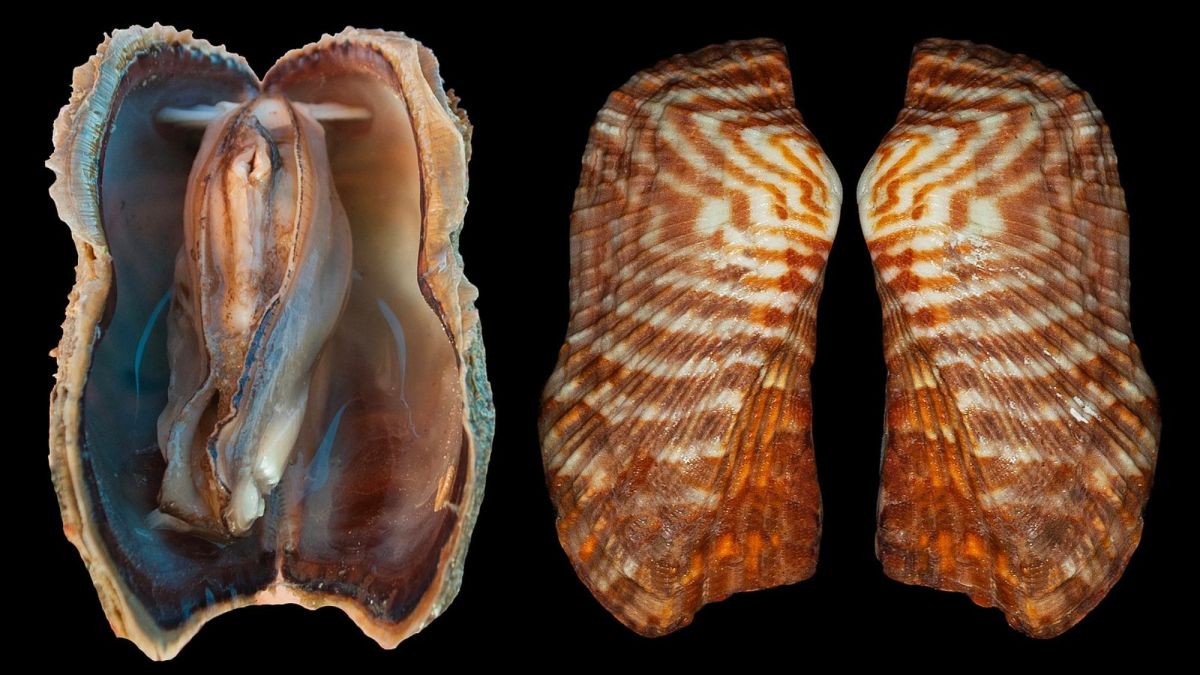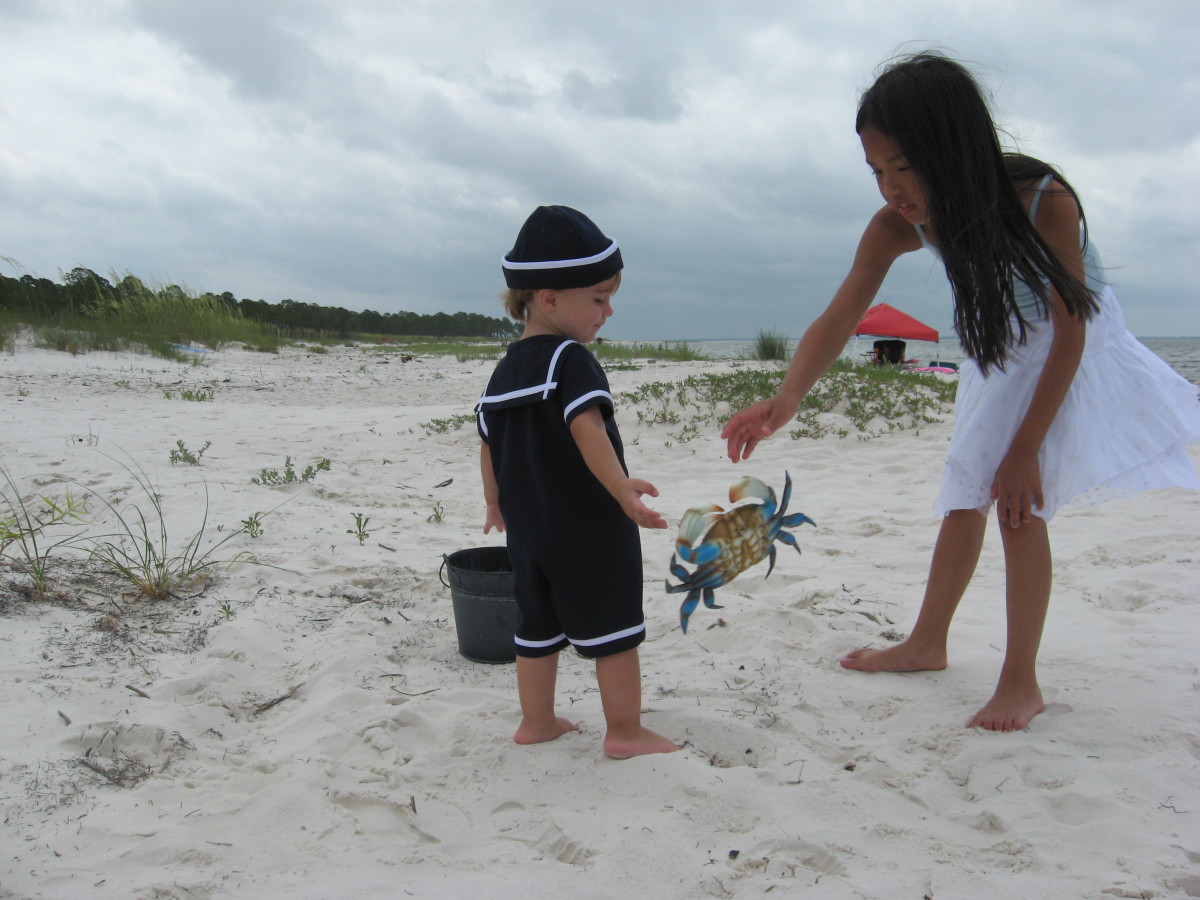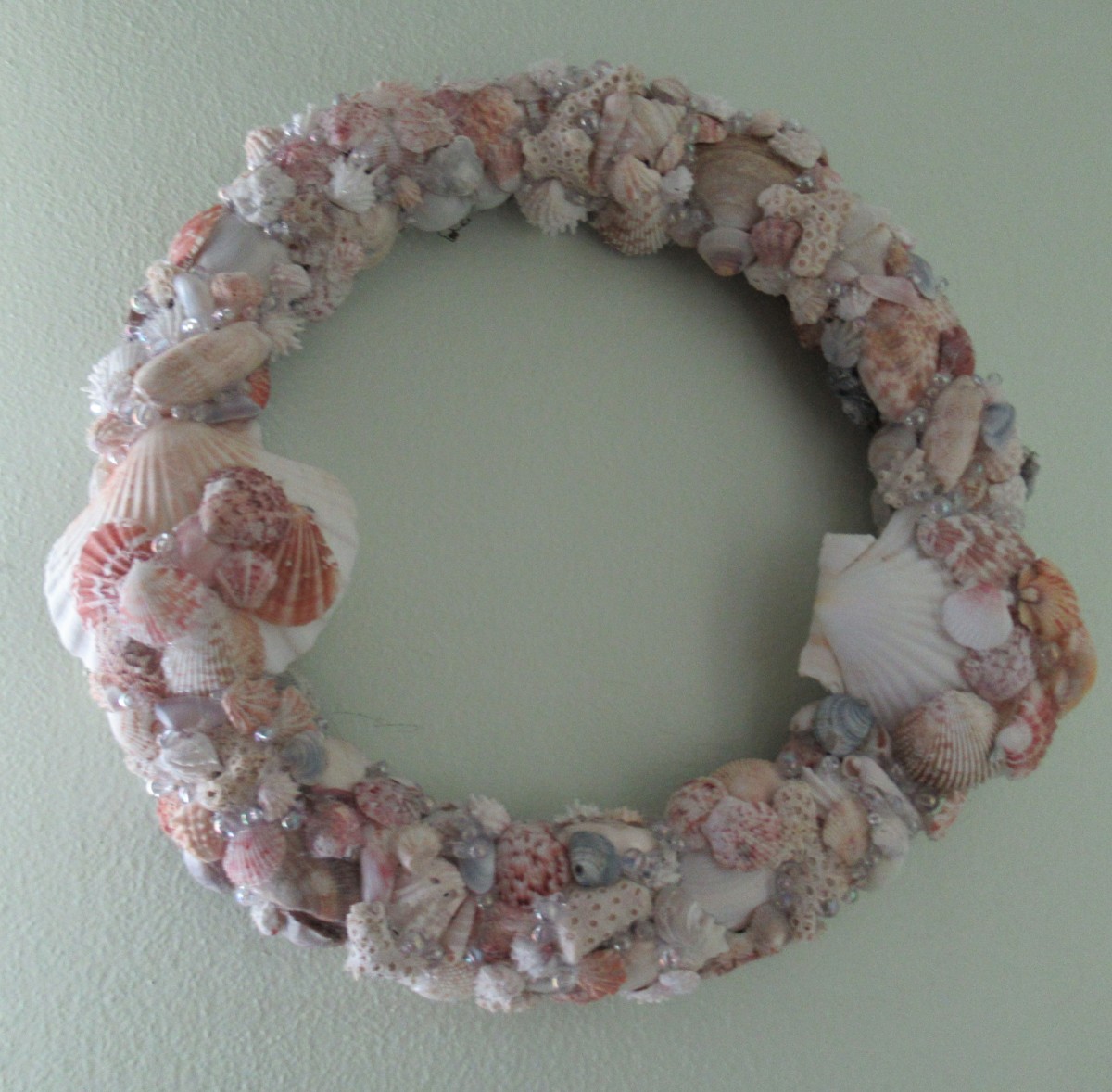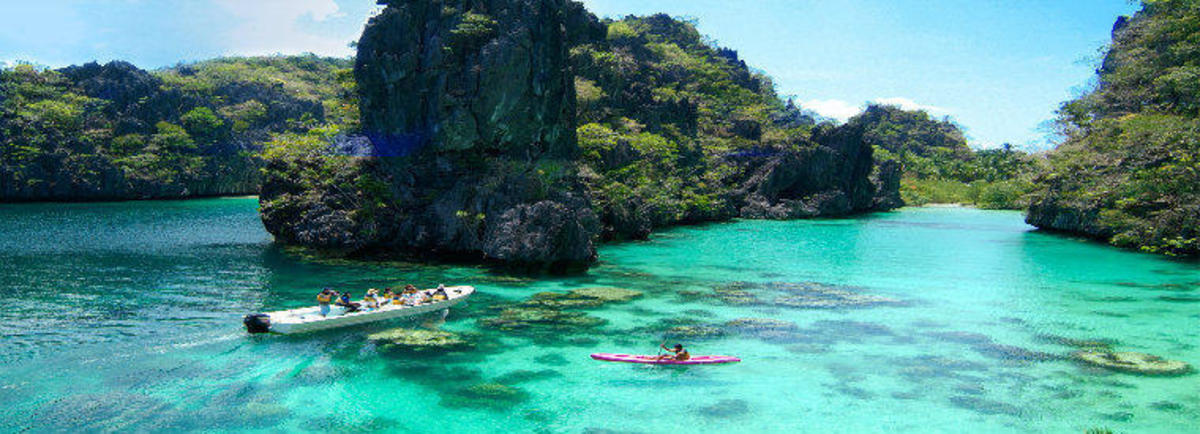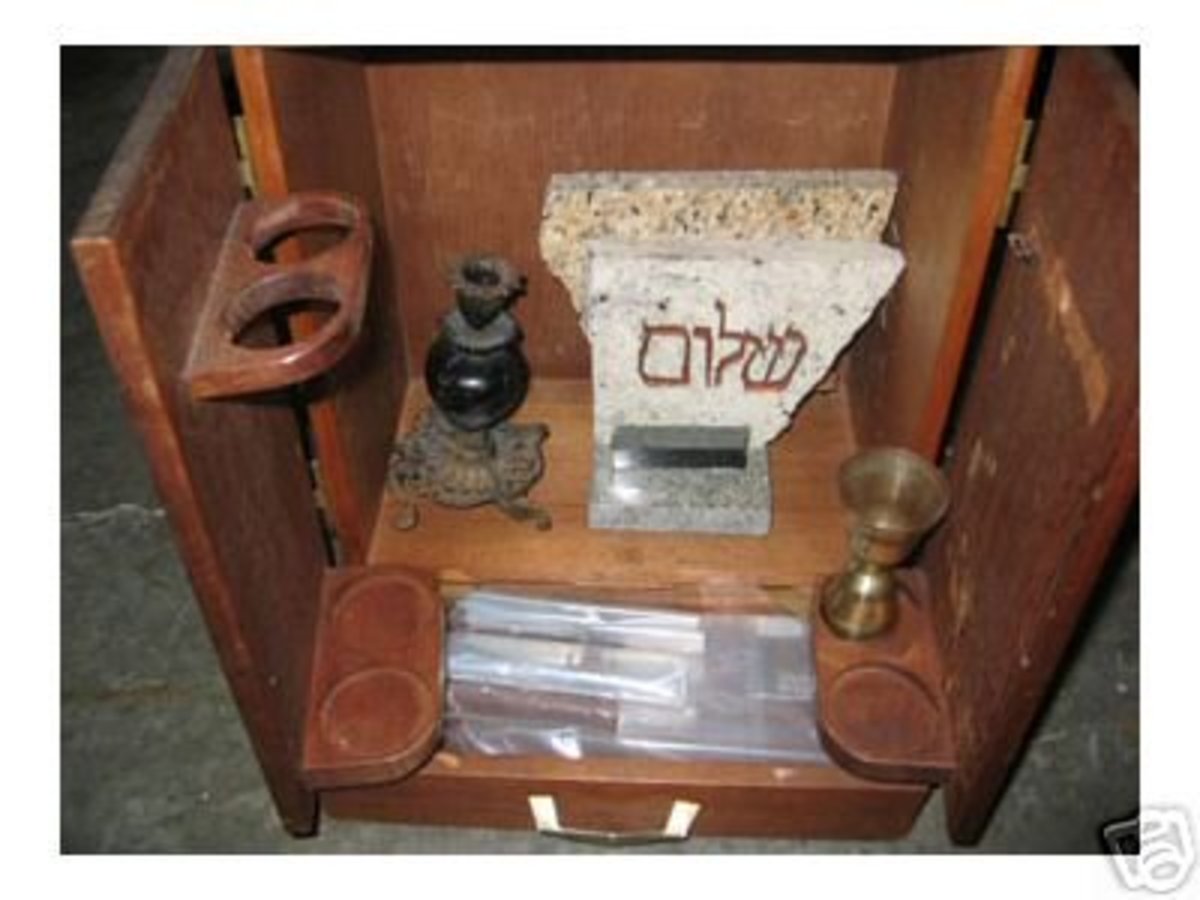Cone Shells -- Beautiful Beachside Danger
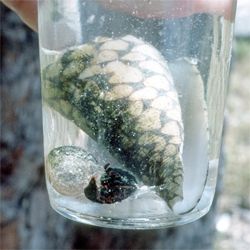
Yup--These Animals Have Harpoons with Venom! Be Very Careful When Handling Live Ones!
.
Don't let its size or the fact that it resembles a "snail" fool you--a cone shell has the stealth, speed, and deadliness of a stealth fighter!
It's always a thrill to find a beautiful shell when you are walking along the beach or snorkeling or SCUBA diving. Believe me--I've had the experience of finding beautiful shells either on the beach or in the warm waters of a coral reef.
But how you handle that shell if you decide to pick it up could be the difference between life and death--namely, yours. Your death, that is.
When most folks think about molluscs--snails, if you wish--they think of slow-moving docile critters that may be tasty as the French "escargot" or the tasty abalone.
But one family of shells has the stealth, speed, and deadliness of a stealth fighter--the cone shells. Not all cone shells are deadly--but they all are capable of zapping with a venom-laden harpoon.
Some of the videos included below illustrate the stealth, the speed, and the deadliness of these animals.
I remember a story from when I lived on Guam.... where folks found a sailor dead on a Guam beach one morning. At first, foul play was suspected--the sailor had been on shore-leave from a visiting Navy ship.
However, after medical examiners started their "Crime Scene Investigation"--and had removed the sailor's clothes to perform an autopsy to figure out the cause of death--they found a surprising twist. A small shell dropped out of the sailor's shirt pocket. The shell was a dead cone shell. Evidently, the sailor had been stung by the animal before the animal died.
The shell has caused the demise of many amateur collectors--and even expert shell collectors who let their guard down and got careless.
Pacific Islanders treat the animals with great respect. They pick up the shells only by the broad end and never carry the live animals in anything less than metal or glass or wood containers.
When we lived on Guam, we heard stories of islanders who had been hauling in a fishing net and who got stung by a cone shell that had been on the net. We heard that the islander would immediately pull out a machete and lop off the stung appendage. To the islanders, going without a hand or arm was better than dying of paralysis?
Read Up On Shells--You May Have to Shell Out a Bit, But It's Worth It! - If you live near a beach, these references will be well worth getting ... and even if y
When I lived on Guam, I needed some of these references to figure out what I was seeing whenever I did any beach-coming, reef-walking, snorkeling, and other activities near the water. Now that I live quite far from a convenient beach, I still enjoy browsing through my reference books like these just for some inspiration and fond memories of those shells that I saw in their natural habitat!
.
Just When You Thought It Was Safe To Go Back In The Water... Forget Jaws... Worry About DARTS!
Some Shells Have Teeth--Cones Have Harpoons! These are called "Radula" by Biologists.
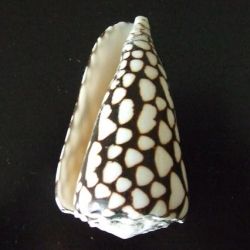
With most snails and other molluscs, the radula teeth are attached to something like a tongue with which the snail scrapes or rasps against food substances to "lap up their food". (If you want to see a mollusc's "tongue" in action--watch one of the marine snails creeping up the side of an aquarium--you'll be able to see it open its mouth and "lick" the algae off the side of the glass.)
Cones, however, have a venom gland connected to each of their loosely-attached teeth. When they position the "tooth", which even has a barbed point like a harpoon, at the end of their proboscis, and then force a blast of water through the proboscis--it propels the "harpoon" with enough speed to penetrate skin.
This is the only way to safely hold one (no-one is home inside the shell!)

The Venom.... With Some Species of Cone Shells, Strong Enough to Kill an Elephant in 3 Minutes!
Some of books on these shells recommend treating victims of cone shell stings as one would a snake bite. Namely, the victim should be rushed to a hospital (of course, in many places where you'd find these things, there aren't very many medical facilities within even a 747's reach).
A classic book for folks interested in the cone shells of Thailand!

One case of cone-shell sting in Apia, Western Samoa, was treated with Anthisan and adrenalin--which alleviated the chest-constriction but still took three months for recovery from the paralysis.
But, depending on the species that delivered the sting--it can be as mild as a bee-sting or quicker acting and more deadly than cobra venom. Not something to take chances with.
Variety of cone shells typically found on tropical reefs -- these are from the Western Pacific Island of Guam, U.S.A.
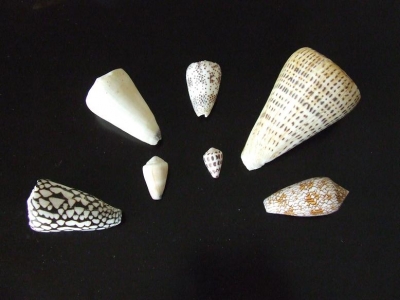
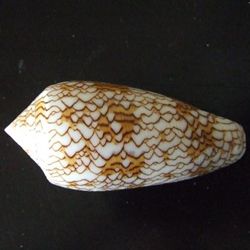
But There's Also Good News! Cone Venom Also Has Positive Medical Uses!
As early as 1967, cone venom was found to assist in heart operations when it was administered in measured doses to aid as a muscle relaxant.
Since cone stings are still common in Australia and Asia, a lot of research still continues in how the venom of cone shells works. Lots of stuff to still learn!
Head-first, Tail-first, the fish gets eaten!
Textile Cone as Featured in "Cloth of Gold" -- The Original Hawaii Five-O Series - Season 4, Episode 20
A show that, although fictional, shows how deadly these creatures are -- and has an interesting explanation and commentary with diagrams by the "scientist" at the marine biology facility. Look for this part of the episode at about 33:06 into the show.
.
Animated Diagram Showing Shell's Harpoon!
Copyright and Attribution Notice
NOTE: All photographic images in this website, with exception of those obviously in the Amazon, eBay, YouTube, and similar sections, were shot on my own camera by me and are thus mine. Likewise, the narrative is original and based on my experiences. Your mileage may vary.
© 2007 David Gardner






